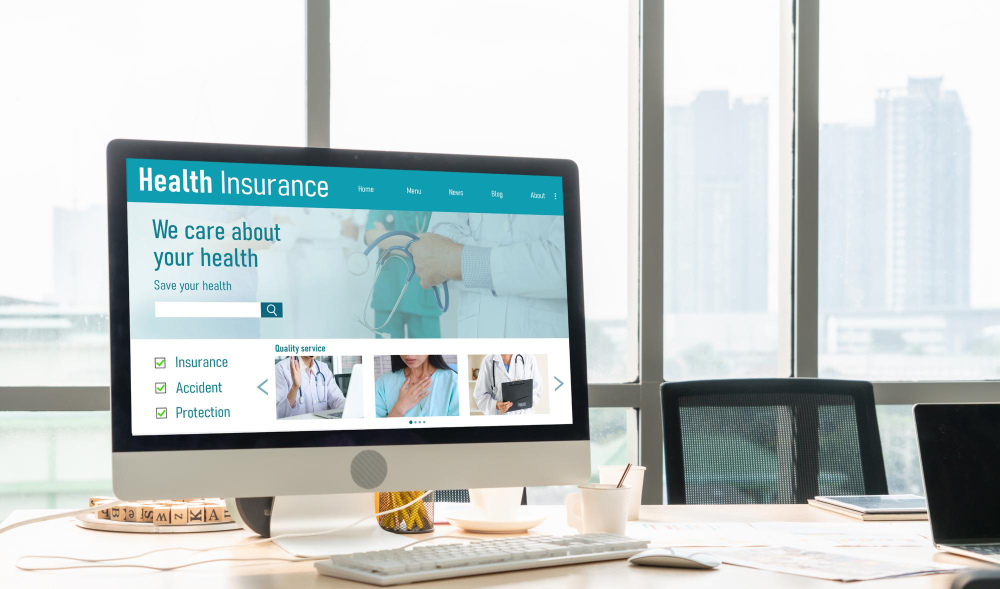The healthcare industry is undergoing a remarkable digital transformation, with patients and users increasingly relying on the internet for medical information, services, and appointments. In this dynamic landscape, a user-friendly and responsive healthcare web development strategy is crucial to provide seamless interactions and enhance the overall user experience. Responsive design emerges as a key solution to cater to the diverse needs of users and to ensure that they have a positive and efficient experience when interacting with healthcare websites. In this comprehensive exploration, we will delve into the multifaceted ways in which responsive design can revolutionize the user experience in healthcare web development, encompassing accessibility, engagement, and technical optimization.
1. Seamless Cross-Device Experience
In an era characterized by diverse devices and platforms, the importance of a consistent user experience across devices cannot be overstated. Patients and users expect to access medical information and services seamlessly, whether they are using a desktop computer, tablet, or smartphone. Responsive design plays a pivotal role in ensuring a seamless cross-device experience by automatically adapting the layout, content, and features of a website to match the user's device. For instance, consider a patient who is browsing medical resources on their desktop computer at work and later wants to schedule an appointment using their smartphone during their commute. With responsive design, the website effortlessly adjusts to the specific screen size and resolution, offering a consistent and visually appealing experience. This adaptability not only enhances user satisfaction but also encourages users to engage more actively with the website's content and services.
2. Accessibility for All Users
Inclusive healthcare web development is paramount, as websites should be accessible to individuals with a wide range of abilities and needs. Responsive design plays a critical role in addressing accessibility challenges and ensuring that websites are usable by everyone, regardless of their physical or cognitive abilities. By optimizing the layout, typography, and interactive elements for different screen sizes and input methods, responsive design facilitates access for individuals using assistive technologies such as screen readers or voice commands. For instance, a visually impaired patient can navigate the website effectively and access vital medical information using their preferred assistive device. Moreover, responsive design contributes to text legibility and touch-friendly navigation, benefiting users with motor skill challenges. By prioritizing accessibility, healthcare websites not only comply with accessibility standards but also create an inclusive and welcoming environment for all users.
3. Enhanced Engagement and User Satisfaction
The success of healthcare web development relies on engaging users and providing them with valuable content and services. Responsive design directly contributes to these objectives by offering a consistent and engaging experience across devices. When patients access a healthcare website, they should be able to easily locate medical information, schedule appointments, and interact with healthcare professionals, regardless of the device they are using. A responsive website ensures that users encounter the same high-quality content and functionalities across devices, eliminating any frustration caused by inconsistent experiences. This consistency builds trust and familiarity, leading to increased engagement and user satisfaction. Users are more likely to explore the website's offerings, interact with content, and engage with healthcare services when they have a positive and cohesive experience across devices.
4. Favorable Impact on SEO
Search engine optimization (SEO) is a critical aspect of healthcare web development, as it determines the visibility of a website in search engine results. Responsive design aligns seamlessly with SEO efforts, contributing to higher search engine rankings and increased organic traffic. With the growing reliance on mobile devices for online activities, search engines prioritize mobile-friendly websites in their algorithms. A responsive healthcare website is more likely to secure a higher position in search engine rankings, making it easier for potential patients and users to discover the website. Improved search engine visibility enhances the website's reach and exposure, enabling healthcare providers to connect with a broader audience and establish themselves as authoritative sources in the medical field. By embracing responsive design, healthcare providers can optimize their websites for both users and search engines, resulting in a win-win scenario.
5. Future-Proofing Healthcare Web Development
The digital landscape is constantly evolving, with new devices, technologies, and interaction methods emerging regularly. Healthcare web development must anticipate these changes and ensure that websites remain adaptable and relevant. Responsive design offers a future-proof solution by allowing websites to seamlessly integrate with emerging technologies. As wearables, smart devices, and augmented reality become more prevalent in healthcare interactions, responsive design ensures that websites can effectively interact with and accommodate these technologies. By adopting responsive design, healthcare providers position themselves to navigate the evolving digital landscape with agility and innovation, staying ahead of the curve and anticipating user needs.
In conclusion, responsive design is an indispensable tool for enhancing the user experience in healthcare web development. By providing a seamless cross-device experience, prioritizing accessibility, fostering engagement, boosting SEO performance, and future-proofing websites, responsive design addresses key challenges and objectives in the healthcare industry. As patients increasingly turn to digital platforms for medical information and services, healthcare providers must invest in responsive design to deliver exceptional user experiences that empower and engage users on their health journeys.






Comments